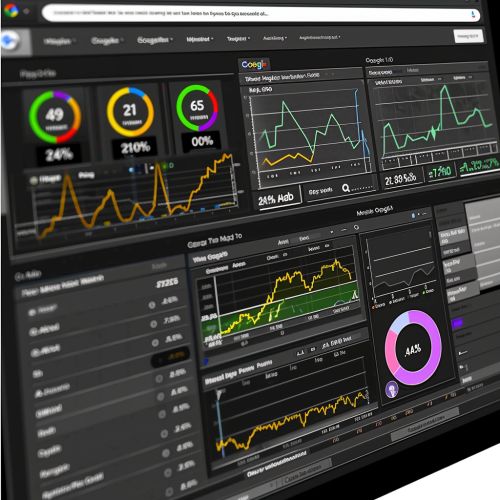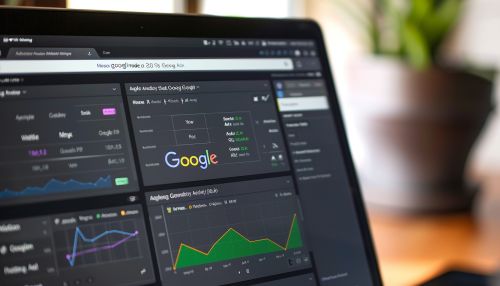Google AdWords
Overview
Google AdWords, now known as Google Ads, is an online advertising platform developed by Google. It allows advertisers to display advertisements, product listings, and service offerings within the Google ad network. The program uses a pay-per-click (PPC) pricing model, which means advertisers only pay when users interact with their ads by clicking on them.


History
Google AdWords was first launched in October 2000. Initially, the program was based on a CPM (cost-per-thousand impressions) model, where advertisers paid for the number of times their ad was displayed, regardless of whether users clicked on it or not. However, in 2002, Google introduced the PPC model, which became the primary revenue source for the company.
How Google AdWords Works
Google AdWords operates on an auction system, which takes place every time a user performs a keyword search. To participate in the auction, advertisers choose a list of keywords related to their business, and decide how much they are willing to spend for a click on their ad. This is known as the bid. The ads that win the auction then appear on the search engine results page (SERP).
Ad Rank and Quality Score
The position of an ad on the SERP is determined by its Ad Rank. This is calculated using the bid amount and the Quality Score, a metric that evaluates the quality and relevance of the ad and the landing page. A higher Quality Score can lead to lower costs and better ad positions.
Ad Formats
Google AdWords offers several ad formats, including:
- Search Ads: These are text ads that appear on Google SERPs.
- Display Ads: These are graphical ads that appear on Google's partner websites in the Display Network.
- Shopping Ads: These are product listing ads that appear in Google Shopping results.
- Video Ads: These are video ads that appear on YouTube and other Google Display Network sites.
- App Ads: These are ads that appear within mobile apps on the Display Network.
Campaign Types
Advertisers can choose from several campaign types in Google AdWords, each designed to help achieve specific goals. These include:
- Search Network Campaigns: These campaigns show text ads on Google SERPs.
- Display Network Campaigns: These campaigns show display ads on websites that partner with Google.
- Shopping Campaigns: These campaigns show product listing ads on Google Shopping.
- Video Campaigns: These campaigns show video ads on YouTube and other Google Display Network sites.
- App Campaigns: These campaigns promote mobile apps across Google’s networks.
Keyword Research
Keyword research is a crucial part of creating a Google AdWords campaign. Advertisers use keyword research tools like the Google Keyword Planner to find keywords related to their business that users are likely to search for. These keywords are then used to create ads that will appear when users search for those terms.
Bidding Strategies
Google AdWords offers several bidding strategies that advertisers can use to reach their campaign goals. These include:
- Cost-per-click (CPC) Bidding: Advertisers pay for each click on their ads.
- Cost-per-thousand impressions (CPM) Bidding: Advertisers pay for every thousand times their ad is shown.
- Cost-per-acquisition (CPA) Bidding: Advertisers pay when a user takes a specific action on their website after clicking the ad, such as making a purchase.
Conversion Tracking
Conversion tracking is a tool in Google AdWords that allows advertisers to see what happens after a user interacts with their ads. This can include actions like making a purchase, signing up for a newsletter, or calling the business.
Google AdWords Certification
Google offers a professional accreditation for individuals who demonstrate proficiency in basic and advanced aspects of Google AdWords. The Google AdWords Certification is a professional accreditation that Google offers to individuals who demonstrate proficiency in basic and advanced aspects of AdWords.
